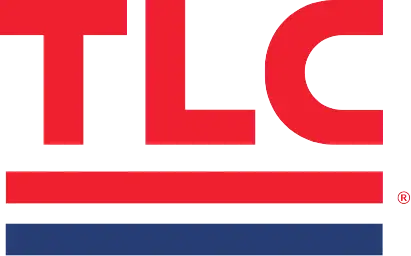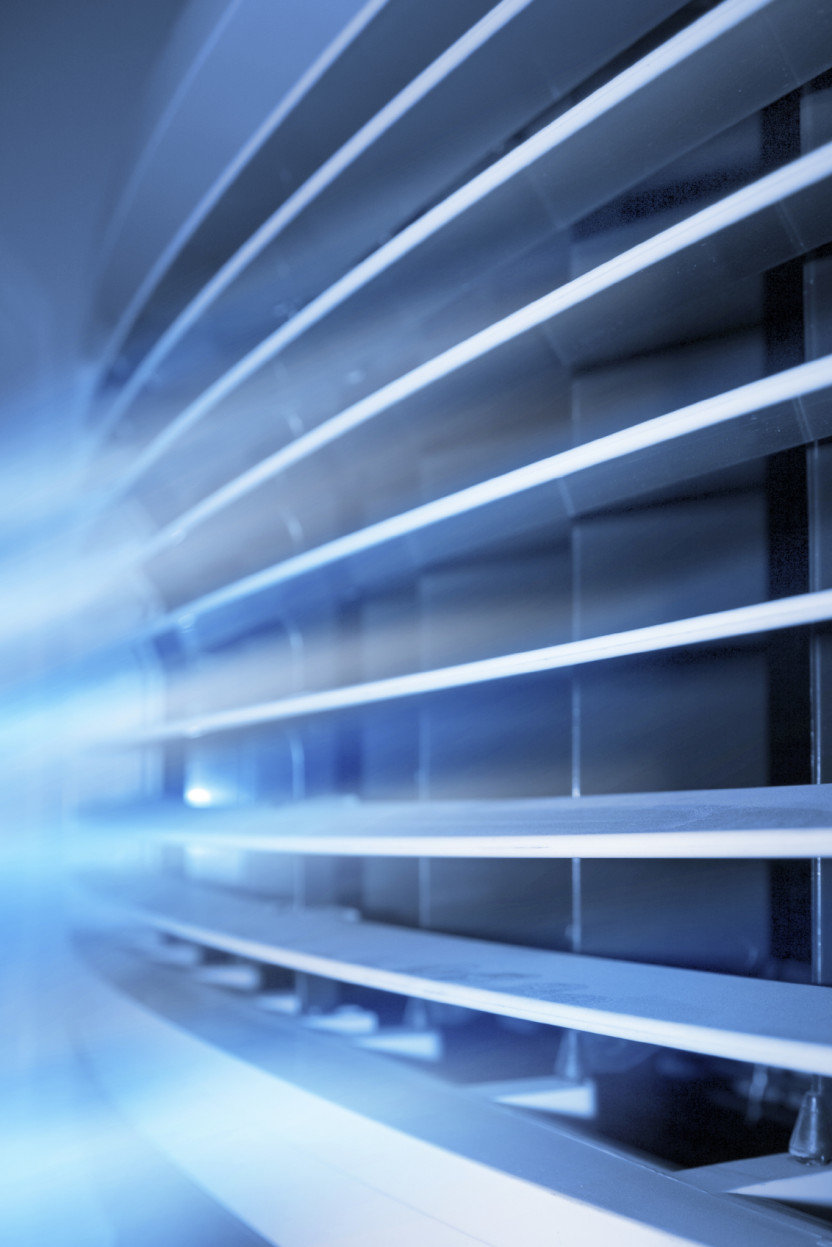 The new houses being built today are vastly different from those of yesteryear. Even in the last ten years there have been a lot of changes in the rules and regulations governing the housing industry. Energy efficiency has become a very important concern for builders and homeowners alike.
The new houses being built today are vastly different from those of yesteryear. Even in the last ten years there have been a lot of changes in the rules and regulations governing the housing industry. Energy efficiency has become a very important concern for builders and homeowners alike.
One of the products of the latest code requirements and energy efficiency standards has been a very airtight home. While serving to cut down on heat loss in the winter and heat gain in the summer, the tight construction of the modern home has presented some problems associated with indoor air quality. The main problem is that the air we breathe becomes stale and dry. As your heating and air conditioning system moves the air around, common sense tells us that this situation invites airborne bacteria, viruses, allergens, and dust to become an issue.
There are, however, some products on the market that help to alleviate these issues. These products are designed to be installed in conjunction with your heating and air conditioning systems.
The first product we will discuss is the humidifier. As the name implies, the humidifier adds humidity to the air inside the home. The level of humidity is controlled by a wall mounted humidistat. There are several types of humidifiers, from a simple nozzle that sprays a fine mist into the duct system to a steam generating type. Some employ a pad that is wetted, others use a foam rubber drum that revolves through a reservoir of water. All humidifiers require periodic maintenance to remove mineralization that builds up due to the evaporation of water. Some require more attention than others, but a reputable heating and air conditioning contractor can help you decide which one is right for you.
Another innovation in the IAQ (indoor air quality) world is the duct mounted ultraviolet light. The UV Light is usually installed so that it’s radiation can directly impact the air conditioning coil. Most of the bacteria and viruses on the coil are destroyed, so as the air is forced through the coil, the spread of disease is greatly reduced. The UV Light is also effective on moving air, killing 98% of germs and infectious agents on the first pass. Your heating and air conditioning professional can provide you with more in-depth information on UV lights.
Air filtration is another factor that comes into play as the IAQ in your home is addressed. The Electronic Air Cleaner, or EAC, is a product that is enjoying great popularity in many of today’s homes. Installed so that the return air, or intake air passes through it, the EAC uses an electrically generated static charge to attract and contain particulates. In the past, EAC’s emitted a popping or crackling noise as they “zapped” the particles in the air stream. Most of today’s EAC’s have been re-designed to greatly reduce or eliminate the noise. They require periodic maintenance for cleaning but the inconvenience is worth it because they perform so much better than conventional filters.
With the peace of mind these and other products provide, indoor air quality need not be the monster that has been created in the modern world of home building. There are many professionals in our community who are well trained in all aspects of IAQ and the capital outlay is pretty minimal when you consider the alternatives.

